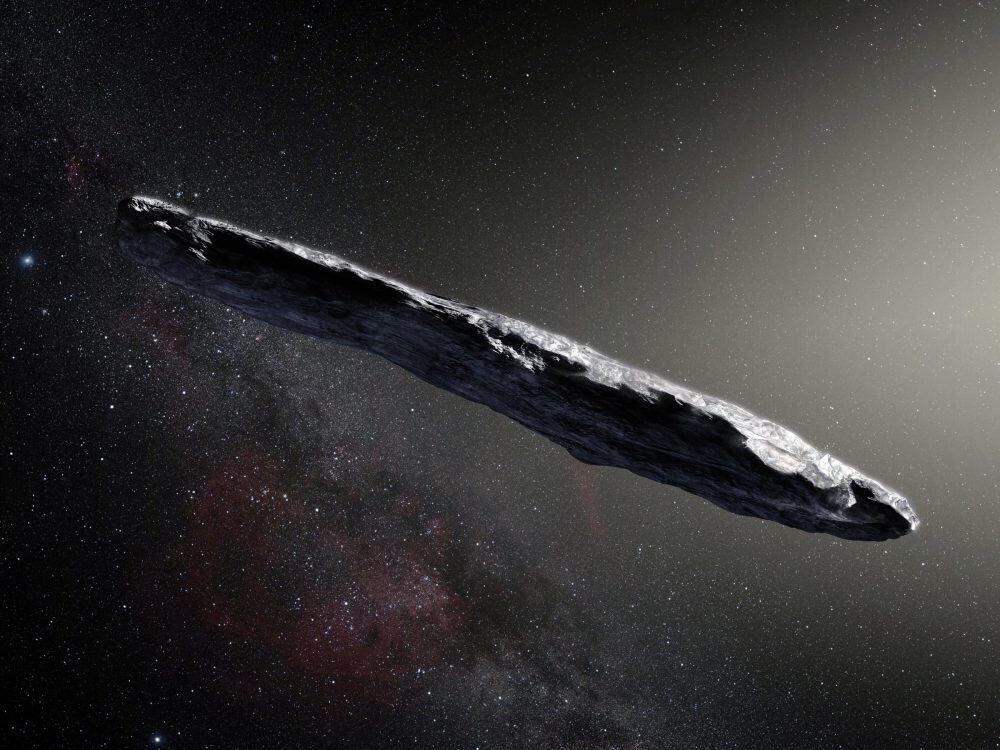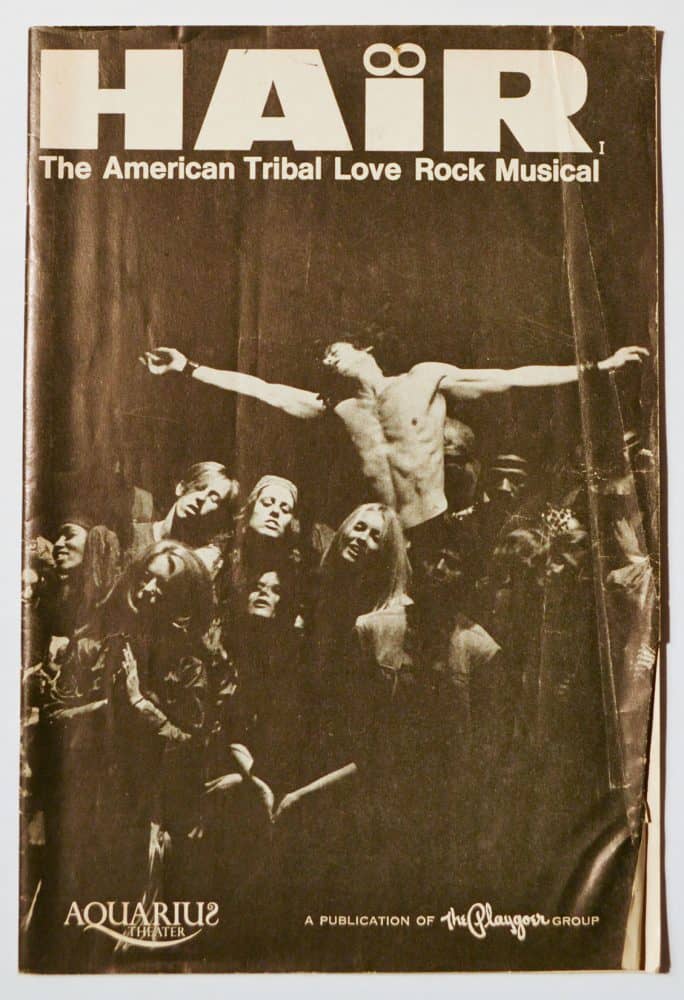Blog
2pm & 730pm at the Mixed Blood Theater-Minneapolis
Music by Stephen Houtz, JD Lee and mick laBriola
more...“People willing to trade their freedom for temporary security deserve neither and will lose both” Benjamin Franklin
more...IC 5146 (also Caldwell 19, Sh 2-125, and the Cocoon Nebula) is a reflection/emission nebula and Caldwell object in the constellation Cygnus. The NGC description refers to IC 5146 as a cluster of 9.5 mag stars involved in a bright and dark nebula. The cluster is also known as Collinder 470. It shines at magnitude +10.0/+9.3/+7.2. Its celestial coordinates are RA 21h 53.5m, dec +47° 16′. It is located near the naked-eye star Pi Cygni, the open cluster NGC 7209 in Lacerta, and the bright open cluster M39. The cluster is about 4,000 ly away, and the central star that lights it formed about 100,000 years ago; the nebula is about 12 arcmins across, which is equivalent to a span of 15 light years.
When viewing IC 5146, dark nebula Barnard 168 (B168) is an inseparable part of the experience, forming a dark lane that surrounds the cluster and projects westward forming the appearance of a trail behind the Cocoon.
more...Carole King (born Carol Joan Klein, February 9, 1942) is an American composer and singer-songwriter. She is the most successful female songwriter of the latter half of the 20th century in the US, having written or co-written 118 pop hits on the Billboard Hot 100 between 1955 and 1999. King also wrote 61 hits that charted in the UK, making her the most successful female songwriter on the UK singles charts between 1952 and 2005.
King’s career began in the 1960s when she and her first husband, Gerry Goffin, wrote more than two dozen chart hits, many of which have become standards, for numerous artists. She has continued writing for other artists since then. King’s success as a performer in her own right did not come until the 1970s, when she sang her own songs, accompanying herself on the piano, in a series of albums and concerts. After experiencing commercial disappointment with her debut album Writer, King scored her breakthrough with the album Tapestry, which topped the U.S. album chart for 15 weeks in 1971 and remained on the charts for more than six years.
King has made 25 solo albums, the most successful being Tapestry, which held the record for most weeks at No. 1 by a female artist for more than 20 years. Her most recent non-compilation album was Tapestry: Live in Hyde Park in 2017. Her record sales were estimated at more than 75 million copies worldwide.
She has won four Grammy Awards and was inducted into the Songwriters Hall of Fame and the Rock and Roll Hall of Fame for her songwriting. She is the recipient of the 2013 Library of Congress Gershwin Prize for Popular Song, the first woman to be so honored. She is also a 2015 Kennedy Center Honoree. King was born Carol Joan Klein in February 1942 in Manhattan to a Jewish family.
Ernest Dale Tubb (February 9, 1914 – September 6, 1984), nicknamed the Texas Troubadour, was an American singer and songwriter and one of the pioneers of country music. His biggest career hit song, “Walking the Floor Over You” (1941), marked the rise of the honky tonk style of music. In 1948, he was the first singer to record a hit version of Billy Hayes and Jay W. Johnson’s “Blue Christmas“, a song more commonly associated with Elvis Presley and his late-1950s version. Another well-known Tubb hit was “Waltz Across Texas” (1965) (written by his nephew Quanah Talmadge Tubb, known professionally as Billy Talmadge), which became one of his most requested songs and is often used in dance halls throughout Texas during waltz lessons. Tubb recorded duets with the then up-and-coming Loretta Lynn in the early 1960s, including their hit “Sweet Thang”. Tubb is a member of the Country Music Hall of Fame.
He was inspired by Jimmie Rodgers and spent his spare time learning to sing, yodel, and play the guitar. At age 19, he took a job as a singer on San Antonio radio station KONO-AM. The pay was low so Tubb also dug ditches for the Works Progress Administration and then clerked at a drug store.
https://www.youtube.com/watch?v=nWmbFXJDHrM
more...Walter Sylvester Page (February 9, 1900 – December 20, 1957) was an American jazz multi-instrumentalist and bandleader, best known for his groundbreaking work as a double bass player with Walter Page’s Blue Devils and the Count Basie Orchestra.
Friday February 8 2019
Theater 55. performance #8 at the Mixed Blood Theater-Minneapolis 730pm 2 Acts
Music by Stephen Houtz, JD Lee and mick laBriola
more...“I love a good man outside the law, just as much as I hate a bad man inside the law.” Woody Guthrie
more...If there’s one story that left astronomers truly scratching their heads in 2018, it had to be the mysterious interstellar visitor known as Oumuamua. The odd cigar-shaped object flew through our Solar System in late 2017, and researchers spent much of last year just trying to figure out what the heck it was.
Theories are many, and scientists have suggested the usual suspects including a comet or asteroid, as well as more “out there” possibilities like an alien ship or probe. Now, one veteran astronomer is offering an entirely new theory, and he thinks he might have the evidence to back it up.
ʻOumuamua (/ʔoʊˌmuːəˈmuːə/, Hawaiian: [ʔowˌmuwəˈmuwə] (![]() listen)) is the first interstellar object detected passing through the Solar System. Formally designated 1I/2017 U1, it was discovered by Robert Weryk using the Pan-STARRS telescope at Haleakala Observatory, Hawaii, on 19 October 2017, 40 days after it passed its closest point to the Sun. When first seen, it was about 33,000,000 km (21,000,000 mi; 0.22 AU) from Earth (about 85 times as far away as the Moon), and already heading away from the Sun.
listen)) is the first interstellar object detected passing through the Solar System. Formally designated 1I/2017 U1, it was discovered by Robert Weryk using the Pan-STARRS telescope at Haleakala Observatory, Hawaii, on 19 October 2017, 40 days after it passed its closest point to the Sun. When first seen, it was about 33,000,000 km (21,000,000 mi; 0.22 AU) from Earth (about 85 times as far away as the Moon), and already heading away from the Sun.
ʻOumuamua is a small object, estimated to be about 100 m–1,000 m × 35 m–167 m × 35 m–167 m (328 ft–3,281 ft × 115 ft–548 ft × 115 ft–548 ft) in size. It has a dark red color, similar to objects in the outer Solar System. ʻOumuamua showed no signs of a comet coma (atmosphere) despite its close approach to the Sun, but underwent non-gravitational acceleration. This effect is seen in many icy comets, although other reasons have been suggested. Nonetheless, the object could be a remnant of a disintegrated interstellar comet (or exocomet), according to a NASA scientist. The object has a rotation rate similar to the average spin rate seen in Solar System asteroids, but is more elongated than all but a few other natural bodies. While a strengthless object (rubble pile) would require it to be of a density similar to rocky asteroids, a small amount of internal strength similar to icy comets would allow a relatively low density. ʻOumuamua is tumbling, rather than smoothly rotating, and is moving so fast relative to the Sun that there is no chance it originated in the Solar System. It also means that ʻOumuamua cannot be captured into a solar orbit, so it will eventually leave the Solar System and resume traveling through interstellar space. ʻOumuamua’s system of origin and the amount of time it has spent traveling amongst the stars are unknown.
more...Eddie Locke (August 2, 1930 – September 7, 2009) was an American jazz drummer.
Eddie Locke was a part of the fertile and vibrant Detroit jazz scene during the 1940s and 1950s, which brought forth many great musicians including the Jones brothers (Hank, Thad, and Elvin), Kenny Burrell, Lucky Thompson, Tommy Flanagan, Barry Harris, and so many others. He eventually formed a variety act with drummer Oliver Jackson called Bop & Locke which played the Apollo Theater. He moved to New York City in 1954, and worked there with Dick Wellstood, Tony Parenti, Red Allen, Willie “The Lion” Smith, and Teddy Wilson amongst others. During this time he came under the tutelage of the great Jo Jones, and eventually became known as a driving and swinging drummer who kept solid time and supported the soloist. During the late 1950s he formed two of his most fruitful musical relationships, one with Roy Eldridge, and the other with Coleman Hawkins. His recording debut came with Eldridge in 1959 on “On The Town”. He later became a member of the Coleman Hawkins Quartet in the 1960s along with pianist Tommy Flanagan and bassist Major Holley. That group made many fine records including the exquisite album “Today and Now”, in 1963. Throughout the 1970s, he played with Roy Eldridge at Jimmy Ryan’s in Manhattan, and wound out his career freelancing, as well as teaching youngsters at the Trevor Day School on Manhattan’s upper west side.
more...Alonzo “Lonnie” Johnson (February 8, 1899 – June 16, 1970) was an American blues and jazz singer, guitarist, violinist and songwriter. He was a pioneer of jazz guitar and jazz violinand is recognized as the first to play an electrically amplified violin.
Johnson was born in New Orleans, Louisiana, and raised in a family of musicians. He studied violin, piano and guitar as a child and learned to play various other instruments, including the mandolin, but he concentrated on the guitar throughout his professional career. “There was music all around us,” he recalled, “and in my family you’d better play something, even if you just banged on a tin can.
https://www.youtube.com/watch?v=Pp147XFLi4Y
more...World Music on Flamenco Fridays featuring Solea
The metre or “compás” of the soleá is one of the most widely used in Flamenco. Other palos have derived their compás from the soleá, including Bulerías por soleá, the palos in the Cantiñas group, like Alegrías, Romeras, Mirabrás, Caracoles or, to a certain extent, Bulerías. It consists of 12 beats, and could be described as a combination of triple and duple beat bars, so it’s a polymetre form, with strong beats at the end of each bar. The basic “skeleton” of the soleá rhythm, thus, follows this pattern:
(Each number represents a beat. Blue squares mean weak beats, while big brown dots are strong beats.)
Nevertheless, this is just an underlying structure, like a foundation, a kind of grid where flamenco artists creatively draw the rhythm by means of subdivisions, articulation, and less commonly, syncopation and accent displacement.
The first example of “palmas” is a very common, simple pattern:
Notice that palmas are often (though by no means always) silent during beats 4 to 6, even if beat number 6 is a “strong one”. This is specially true when no dancing takes place: the main interest there is the singing (or playing) and too much percussion can take attention away from the music. Those beats though are often marked when there is dance, or when performing other palos in the same metre like Alegrías or Bulería por soleá. However, these are not to be taken as hard-and-fast rules, but just as general guidelines.
A more complex example.
more...Theater 55 version of HAIR 7th show
Mixed Blood Theater-Minneapolis
Music by Stephen Houtz, JD Lee and mick laBriola
more...Clouds of glowing hydrogen gas fill this colorful skyscape in the faint but fanciful constellation Monoceros, the Unicorn. A star forming region cataloged as NGC 2264, the complex jumble of cosmic gas and dust is about 2,700 light-years distant and mixes reddish emission nebulae excited by energetic light from newborn stars with dark interstellar dust clouds. Where the otherwise obscuring dust clouds lie close to the hot, young stars they also reflect starlight, forming blue reflection nebulae. The telescopic image spans about 3/4 degree or nearly 1.5 full moons, covering 40 light-years at the distance of NGC 2264. Its cast of cosmic characters includes the the Fox Fur Nebula, whose dusty, convoluted pelt lies near the top, bright variable star S Monocerotis immersed in the blue-tinted haze near center, and the Cone Nebula pointing in from the right side of the frame. Of course, the stars of NGC 2264 are also known as the Christmas Tree star cluster. The triangular tree shape is seen on its side here. Traced by brighter stars it has its apex at the Cone Nebula. The tree’s broader base is centered near S Monocerotis.
more...Robert Nesta Marley, OM (6 February 1945 – 11 May 1981) was a Jamaican singer-songwriter who became an international musical and cultural icon blending mostly reggae, ska, and rocksteady in his compositions. He started in 1963 with the group the Wailers and forged a distinctive songwriting and vocal style that became popular with audiences worldwide. The Wailers released some of the earliest reggae records with producer Lee “Scratch” Perry.
The Wailers disbanded in 1974, and Marley pursued a solo career upon his relocation to England which culminated in the release of the album Exodus in 1977, which established his worldwide reputation and elevated his status as one of the world’s best-selling artists of all time, with sales of more than 75 million records. Exodus stayed on the British album charts for 56 consecutive weeks and included the UK hit singles “Exodus“, “Waiting in Vain“, “Jamming“, and “One Love“. In 1978, he released the album Kaya, which included the hit singles “Is This Love” and “Satisfy My Soul”. The greatest hits album Legend was released in 1984, three years after Marley died. It subsequently became the best-selling reggae album of all time.
Marley died on 11 May 1981 in Miami at age 36 of melanoma. He was a committed Rastafari who infused his music with a sense of spirituality.[10]:242[11] He is credited with popularising reggae music around the world and served as a symbol of Jamaican culture and identity. He has become a global symbol and has inspired a significant merchandise industry.
Bob Marley was born 6 February 1945 on the farm of his maternal grandfather in Nine Mile, Saint Ann Parish, Jamaica, to Norval Sinclair Marley (1885–1955) and Cedella Booker (1926–2008). Norval Marley was a white Jamaican originally from Sussex, England, whose family claimed Syrian Jewish origins.
more...More Posts
- Marcus Belgrave
- Emmett Hardy
- World Music with Diblo Dibala
- Daily Roots with Larry Marshall
- The Cosmos with the Eclipse 6-10-21
- Clarence Pinetop Perkins
- Bernard Purdie
- Hazel Scott
- Shelly Manne
- Flamenco Fridays with Paco Peña
- Daily Roots with Danny Red
- The Cosmos with NGC 4254
- Charnett Moffett
- Maxi Priest
- M.S. Gopalakrishnan
- João Gilberto
- Howlin Wolf
- World Music with Sofia Rei
- Daily Roots with Burning Spear
- David Stenshoel Recovery












